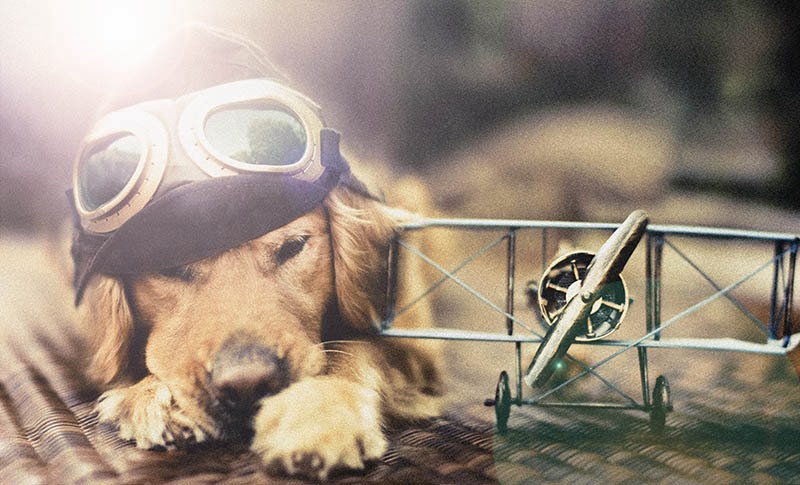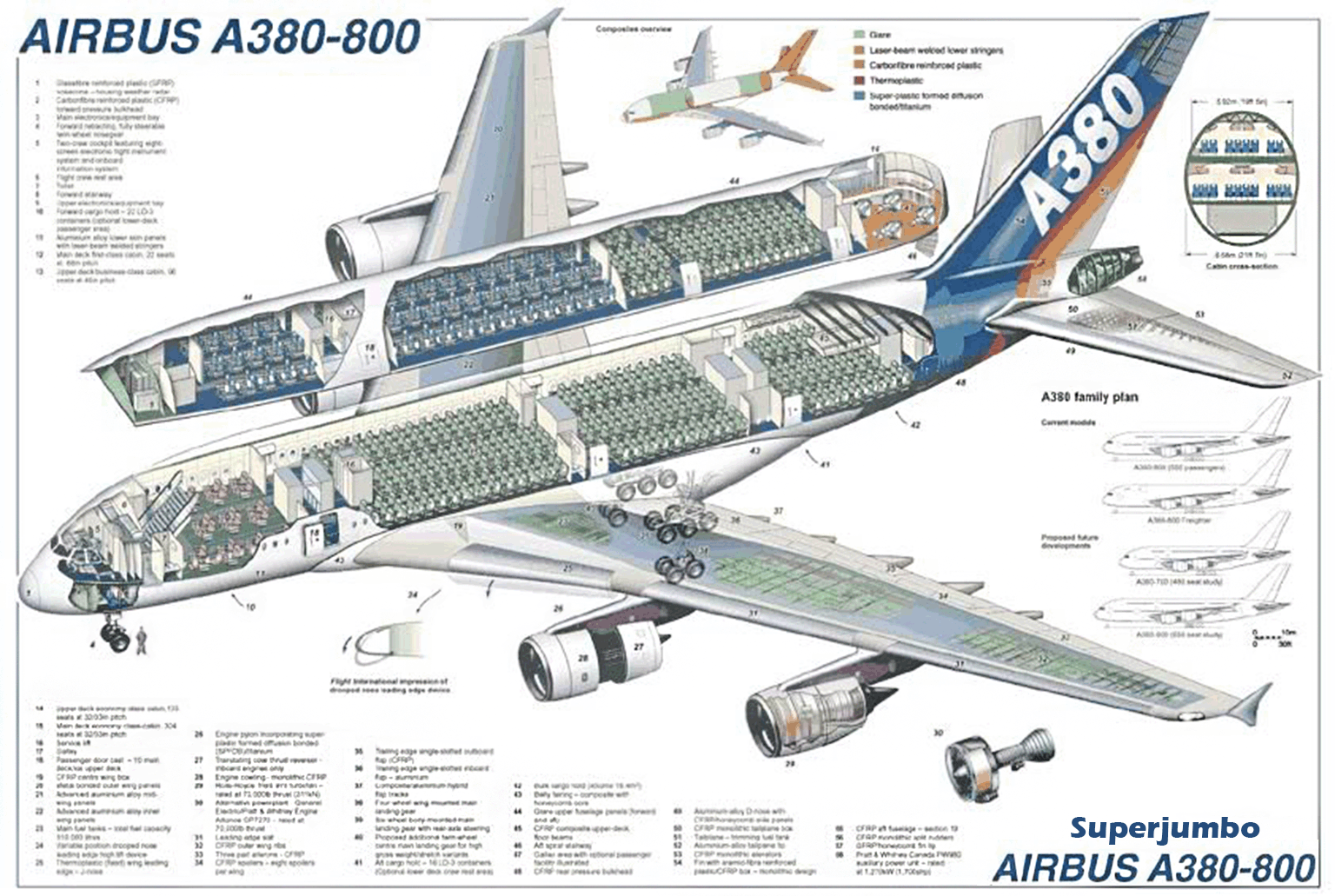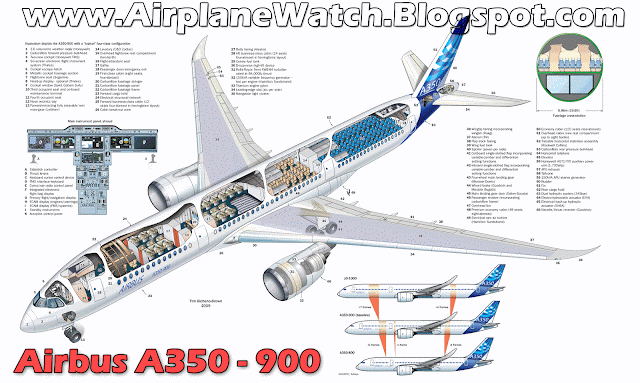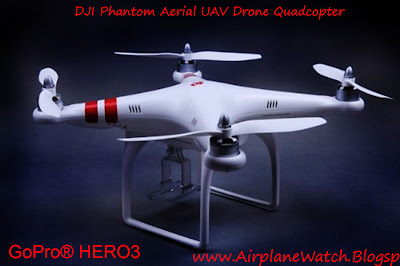 |
| Photo By jessicatrinh.com |
Let me tell you the cost insuring airplane because unlike what many people believe owning you’re very own single or multiple engine plane is not that expensive at all.
Below I will go into what the aircraft insurance rates are today.
What you might not know about commercial aircraft insurance or the more common for you readers private plane insurance is that plane insurance cost covers much more than what you might think, and this is a good thing.
Another interesting fact is that the same plane insurance apply for most people around the world even. Aviation insurance was a bit different before with an cost of aviation insurance determined to a large extent by Lloyd’s of London.
This is because England was an important center of world trade in the 17th century and the Lloyd’s coffee house in London became the place to purchase insurance on ships and ship’s cargo.
So ever since it’s beginnings in 1688 Lloyd’s have been an pioneer in insurance. Naturally when airplanes came into existence back in 1903 with the first manned flight of a powered aircraft by the brave Wright Brothers who took to the skies, Lloyd’s was there and gave insurance coverage for all areas of aviation. And back then Lloyd’s of London gave experimental aircraft insurance and all sorts of insurance for aircraft / flying contraptions. The aircraft liability insurance and ultralight aircraft insurance given back then was most likely a flying contraption.
Today they still play a major role in aviation insurance however in recent years 2013 the number of aircraft insurance companies that give aviation insurance and airplane insurance coverage even reinsurance coverage have increased creating even more competition in the aviation insurance business today.
So how much does it cost to own your own plane, single or multiple engine? Below is an average from 4 years ago.
So exactly how much is plane insurance today?
Airplane insurance cost for a
1973 Pa28-180
Loan on plane $700 month
Airplane insurance cost $2100 year
Annual 100 hour inspections about $5,000 year
Hangar cost $450 month
New engine fund TBO around 2000 hours. Adds up to $9.00 hour
Fuel burn around 8 gal hour
Preventive Maintenance about $4.00 hour
As you can see the airplane insurance cost here is very low. And even with the state of the economy today aviation insurance have remained rather stagnant with low rates for almost all policyholders.

However there are some risks like medevac helicopters and Alaskan operators that remain expensive to insure due to continuing losses.
The process of evaluating an insurance policyholders risk is called underwriting and it consists of gathering information about the aircraft, the pilots who fly the aircraft and how the aircraft will be used. And each year the policyholder is asked to update this information for the insurance agent to present to the various insurance companies.
The first thing to understand about this is that the competition for you’re policy exists on three levels. The insurance agent, the insurance company and the reinsurance company. But you as the policyholder are in control. And the best thing you can do is to meet with them personally if possible with several insurance agents and explore the depth of their knowledge not only about your risk but their knowledge about the kind of flying you do. Also their involvement with aviation outside of insurance and the depth of their knowledge about the insurance marketplace itself. Then you select two or tree agents to work with and divide the various insurance companies up. But you need to be honest with these agents, the competition needs to be real in order to be effective.
Let’s look at some more examples including airplane insurance costs that involve you as the owner.
NOTE: If doing aircraft rental then it's aircraft rental insurance that you need to look at.
Airplane insurance cost
1974 Beech A36 Bonanza.
Monthly airplane insurance costs were $300 for insurance
Hangar around $175 month The hangar insurance may be included if not stated otherwise
Annual inspections averaged around $10,000 (after three years $7000 annual)
Loan about $750 month.
So that's about $1700/month even if I didn't fly it at all.
Hourly cost was about $100 hour for fuel at $5 gallon and another $50-$100 for maintenance (other than the annual inspections).
Flying 200 hours per gives a total cost of $50,000
Below is aviation insurance costs for a twin-engine plane
Airplane insurance
Twin-Engine 1980 Beech 58P Baron
Insurance $1000 month
Hangar $175. The hangar insurance may be included if not stated otherwise
Annual inspections $20,000 (After three years around $15,000 for the annual)
Loan payments around $1750 month
So if I didn't fly at all it costs about $4250 month
Hourly cost was $200-$250 hour at $5 gallon plus $100-$200 for maintenance (not annual inspections)
Flying 200 hours per year, total cost $81,000
Lets look at an example of a light sport aircraft
Airplane insurance
Jabiru J250SP
Insurance $200 month
Hangar $150 The hangar insurance may be included if not stated otherwise
Loan $550
Annual condition inspection $600
Total monthly cost is $950 if I don't fly at all.
Hourly cost is about $20 for fuel and another $15 for maintenance.
Flying cost at 200 hours per year about $18,400
Now there are some types of airplane insurance
Public liability insurance
This coverage, often referred to as third party liability covers aircraft owners for damage that their aircraft does to third party property, such as houses, cars, crops, airport facilities and other aircraft struck in a collision. It does not provide coverage for damage to the insured aircraft itself or coverage for passengers injured on the insured aircraft. After an accident an insurance company will compensate victims for their losses, but if a settlement can not be reached then the case is usually taken to court to decide liability and the amount of damages. Public liability insurance is mandatory in most countries and is usually purchased in specified total amounts per incident, such as $1,000,000 or $5,000,000.
Passenger liability insurance
Passenger liability protects passengers riding in the accident aircraft who are injured or killed. In many countries this coverage is mandatory only for commercial or large aircraft. Coverage is often sold on a "per-seat" basis, with a specified limit for each passenger seat.
Combined Single Limit
CSL coverage combines public liability and passenger liability coverage into a single coverage with a single overall limit per accident. This type of coverage provides more flexibility in paying claims for liability, especially if passengers are injured, but little damage is done to third party property on the ground.
The aircraft hull insurance or ground risk hull insurance not in motion
This provides coverage for the insured aircraft against damage when it is on the ground and not in motion. This would provide protection for the aircraft for such events as fire, theft, vandalism, flood, mudslides, animal damage, wind or hailstorms, hangar collapse or for uninsured vehicles or aircraft striking the aircraft. The amount of coverage may be a blue book value or an agreed value that was set when the policy was purchased.
The use of the insurance term "hull" to refer to the insured aircraft betrays the origins of aviation insurance in marine insurance. Most hull insurance includes a deductible to discourage small or nuisance claims.
Now let us look at some more examples of how much hull insurance costs are for you're airplane and what the going aircraft hull insurance rates are.
It is important to understand that between 60 percent and 80 percent of your overall
aircraft insurance premium is for the aircraft hull coverage. This is a big number, in fact, you
would actually pay more for hull insurance for a $30,000 coverage than for the
liability insurance. Normally a limit of $1 million combined single
limit with $100,000 per passenger.
What does all this mean? It is simply because an insurance
company pay a lot more in hull claims than they pay in liability
claims. And since you’re now paying this much for hull insurance, what exactly do
you know about it, and what are you're options?
First let’s look at one of the most important issues
with this insurance coverage. This is under-insurance. All too often airplane
owners try to reduce the cost of the overall aircraft insurance by
lowering the amount of coverage they buy.
You should never insure your airplane for less than you think your
airplane is worth. If you do insure you're airplane for less then this is a big mistake. When you under-insure an airplane, you put the
airplane at risk for a total loss.
Say you have an airplane that is worth $100,000 and you then
decide to insure the aircraft for $50,000 which also lowers the cost of your
hull insurance. But what happens if you have an accident then? You have an accident and now the repair costs would be around
$30,000, the salvage value for your airplane could be around $40,000. What this all means in the end it the
insurance company will likely declare your airplane a total loss and only pay
you the insured value of $50,000.
This would mean you lose $50,000 and most likely scrapping you're airplane too.
So the key here is if you're airplane is worth $100,000, then you really should insure it for $100,000.
Ground risk hull insurance in motion, taxiing included
This coverage is similar to ground risk hull insurance not in motion, but provides coverage while the aircraft is taxiing, but not while taking off or landing. Normally coverage ceases at the start of the take-off roll and is in force only once the aircraft has completed its subsequent landing. Due to disputes between aircraft owners and insurance companies about whether the accident aircraft was in fact taxiing or attempting to take-off this coverage has been discontinued by many insurance companies.
Now remember what I talked about earlier take this into consideration, you can hull insurance at three different levels.
- Ground only (not in motion)
- Ground including taxi
- all risk
So like stated earlier the ground only (not in motion) covers your airplane
for all risk exposures while the airplane is on the ground and not in
motion, i.e. vandalism, theft, windstorm, flood, fire, etc.
Ground
including taxi means everything covered under ground only (not in
motion), plus risks during taxi, i.e. hitting a parked airplane, hitting
a hangar, running into taxi-way lights and signs, etc.
All risk adds
risks during flight. Accordingly, the premiums increase as you go from
ground only (not in motion) to all risk.
So lets take another example.
For example, if we consider an airplane worth $50,000. Ground
only (not in motion) will range between .75 percent and 1 percent of
the insured value.
Percentages may be slightly higher for a rare
airplane because of the potential for higher repair costs.
The same
$50,000 airplane with ground including taxi coverage will probably cost
anywhere from .5 percent to .75 percent more, or a range of 1.25 percent
to 1.75 percent of the insured value.
All risk coverage may run between
2 and 4 percent and possibly higher for rare airplane and some
homebuilts.
These ranges may seem wide, however there are many factors
insurance company underwriters consider when determining a quote.)
Recommendations if you’ve just finished a homebuilt
airplane or if you are purchasing an airplane, you should buy all risk
coverage for ground, taxi, and flight.
The first year you
own any airplane that’s the year to have the all risk coverage. This is because you’re
new to the airplane and the airplane is new to you. You never know, and trust me, all sorts of things will happen for you the first year.
If something is
going to go wrong, it’s going to be in the first year, so buy the all
risk coverage and make sure you have a good aircraft insurance salvage for your plane. In your second year of ownership you may consider your
options and get an even better aircraft insurance quote if everything have gone smoothly.
Also on last thing, as many airplane owners ask if they
can lower their hull insurance premium by taking a higher deductible.
Higher deductibles are seldom offered. But if you do
get a quote with a higher deductible, it will not significantly impact
the overall premium. For example, if you have an airplane worth $50,000
and instead of the $100 deductible offered by the insurance company you
get a quote with a $5,000 deductible, your cost for hull insurance will
decrease about $200. That’s really not much of a saving in the end.
In-flight insurance
In-flight coverage protects an insured aircraft against damage during all phases of flight and ground operation, including while parked or stored. Naturally it is more expensive than not-in-motion coverage since most aircraft are damaged while in motion.
References
1. Wells, A. T. and Chadbourne, B. D. Introduction to Aviation Insurance and Risk Management (3rd)
2. International Union of Aerospace Insurers (IUAI)
3. History of Global Aerospace
4. Airline Insurance Market Indicators 2010/11 report by Aon Risk Solutions
5. Cunningham, Herb: Understanding Aviation Insurance, The COPA Guide to Buying an Aircraft, 34th Edition, pages 74-77.
6. Canadian Owners and Pilots Association
Backlink - Follow me on X-Plane







